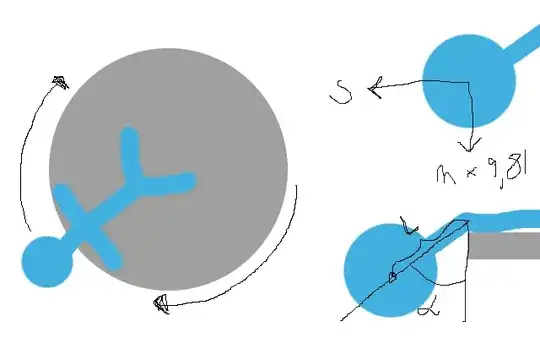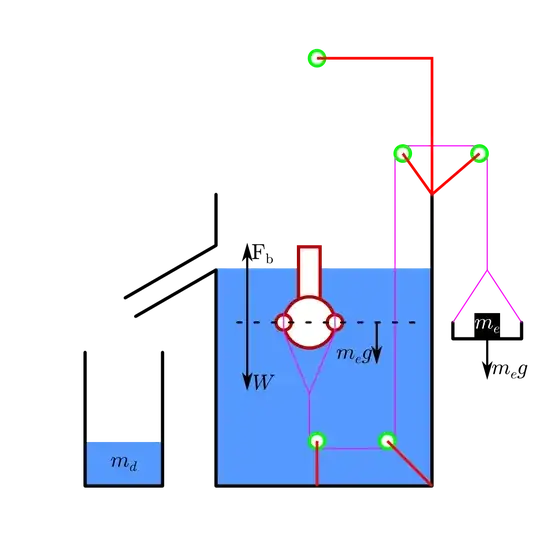Thanks a lot for your votes for the "answer" below. Unfortunately I
think now the
solution does not work. It is great for two slices, but that is the
end.
There is another solution that should give 3 slices, which is still a
bit short. And I am afraid I do not see how to use the two available steps to start building a recursion :-)
Why ? It is clearly possible to cut the rod in $n$ "homogenous"
slices, and then do the $n$ measurements, so as to get a set of $n$
equations with $n$ unknown, the weights of each slice. So we feel the problem conquered. The hitch is
that these equations are linearly dependent and have an infinity of
solutions, because balancing the rod depends only on the center of mass
and the total weight.
Equations are a tricky business, especially when we forget to solve them.
Too bad, especially today, that I am in France right now, and the country has its national holidays: July 14th, aka Bastille day.
So I was hoping that this year, cutting heads could be declared
unnecessary.
Let's try to do better for next year.
And do not lose hope... mistakes are interesting too, in their own way, and very educational.
My first reaction was to measure volume with Archimedes's principle. But
that does not work since the body density is variable. I was realizing
that as @Manishearth made the comment.
An alternative, is to put yourself on a scale composed of a plank with
a central pivot so that only your head is on one side. And you balance
the difference between head and body with weights. This does not
work a priori because you do not know the mass repartition of your
body, and not all the mass has the same distance to the pivot.
Then what you can do is to do this measurement many times, while
moving progressively the body from one side of the plank to the other
side, measuring each time the difference in torque due to the weight.
I have not yet worked out the mathematics (and I am not sure I can
still do that, probably yes with some effort) but I think that should provide data to determine the longitudinal weight repartition of the body. This reminds me a bit of the way medical scanners work, though this weight problem is probably
simpler.
To be convinced that the approach may work, one can first approximate the body as a rod, such that the two halves are each homogeneous but have different weights. Two measurements should allow finding the respective weights of the two halves.
$\hspace{50px}$
You then get the following equations:
$$
\begin{align}
\frac{l}{2}m_1 &~=~ \frac{l}{2} m_2 + lm_3 \\[2.5px]
\frac{3l}{4}m_1 + \frac{l}{4}m_2 & ~=~ lm_4
\end{align}
$$
The weigths $m_3$ and $m_4$ are known, and the length $l$ is of course measured and known. Thus the equations can be solved to get $m_1$ and $m_2$.
This can be generalized to any number of slices.
In my above quip about being able to do the mathematics is not with respect to resolving a set of linear equations. Rather, I was wondering is there is some kind of transform to express a continuous description of this approach. As I said, I was somewhat inspired by the way medical scanners are working (or maybe the analogy hit me afterwards... hard to know).
This can be generalized to many homogeneous segments approximating the
body density repartition.














